During our Plants, Animals & Life Cycles science unit, we discuss how animals help plants by moving their seeds to other areas so the plants can grow there. This easy animal seed dispersal activity is a great way for students to design and build models and simulate how animals help plants grow.
What is animal attachment seed dispersal?
One way plants survive is to spread their seeds to new places. Plants spread, or disperse, their seeds in a variety of ways, including with the help of animals.
Animals like birds and squirrels carry seeds from place to place on purpose. They often bury them to eat later, but when they forget about those buried seeds, the seeds grow into new plants.
On the other hand, some animals accidentally carry seeds from place to place. Some plants let seeds drop to the ground and animals pick them up on their fur and move them to different areas. Some plants even have special seeds that are barb-shaped or have sticky substances on them to help them attach to animals’ fur.
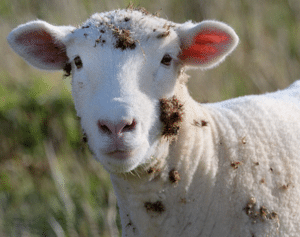
In this lab, students will design and build a model that shows how seeds are dispersed by attaching to an animal. Students will use a variety of materials to create a model animal. Then, they will test out how seeds stick to their model animal.
Introduce this lab by posing the question: How do animals move seeds?
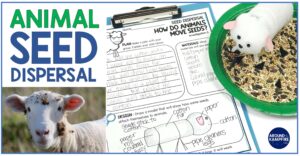
Animal attachment seed dispersal lab experiment
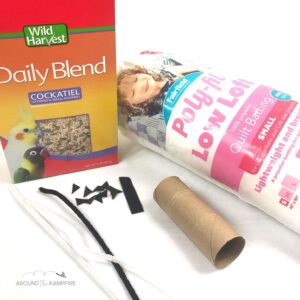
Materials:
- black Velcro strips
- bird seed
- cotton balls or bag of polyfill
- pipe cleaners
- craft glue
- wiggly eyes
- construction paper
- toilet paper rolls
- paper plates
- lab sheet
Procedure:
1. Place students into groups and have them form a plan for building their model animal. Present the options for materials and have students discuss and record the materials they will use on their lab sheets. I cut Velcro into squares, then cut them in half diagonally to represent hooked seeds.
2. Students draw a sketch of their design on their lab sheets and explain their plan. Make sure to ask students what each material they are using represents. For example, cotton balls represent fuzzy animal fur.
3. Students build their model animal with the materials.
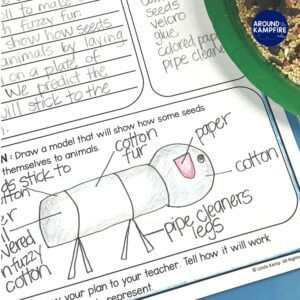
How to make the animal models
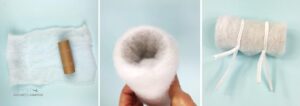
Place the toilet paper tube in the middle of the polly fill. Roll the poly fill around the tube and tuck it into each end. Students then used the pipe cleaners to make legs by folding them over the tube and twisting the pipe cleaners to hold them in place.
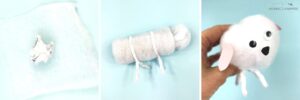
Next, we place a small wad of paper in the middle of a square piece of polly fill and twisted the end to make a head. Tuck the head inside one end of the tube. Lastly, students glued on wiggly eyes, paper ears and a nose.
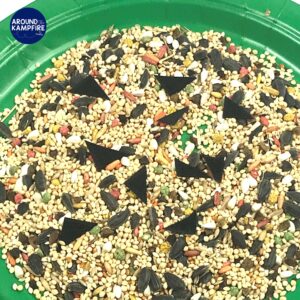
4. Pour bird seed and any other seeds you are using onto a paper plate. I had students add the Velcro pieces to their plate of seeds as well.
5. Students use their model animal to act out an animal walking, laying down, and rolling in a field or in the woods by moving their animal in the plate of seeds. Guide students to discuss how the shape and texture of a seed helps it stick.
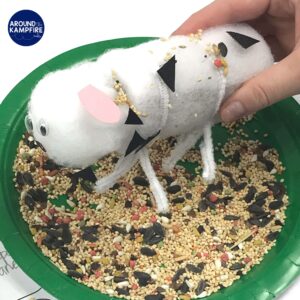
6. Students record observations and come up with an explanation on their lab sheets.
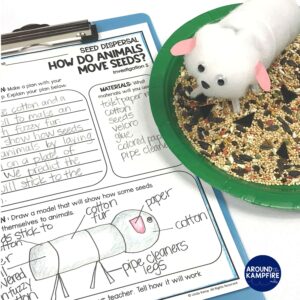
7. Finally, I have different groups pair up to explain their models to another group. They share what they have observed about the seeds and how this relates to animals helping plants with seed dispersal.
Plants, Animals, & Life Cycles experiments and lesson plans
The animal attachment seed dispersal lab is part of a complete Plants, Animals, & Life Cycles unit for 2nd grade that is also available in a digital format.
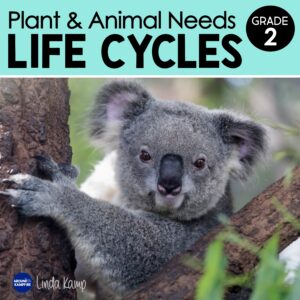
Click HERE for the complete printable unit and HERE for the digital version. Or, save by purchasing the Print & Digital Bundle.
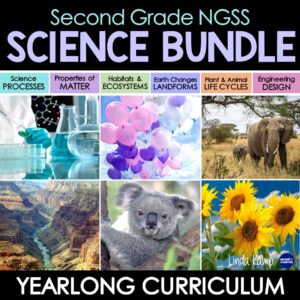
Click here for the yearlong 2nd grade science units.
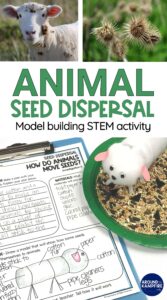
Don’t forget to pin this animal attachment seed dispersal activity for later! Visit these posts for more science activities for teaching about plants, adaptations and seed dispersal:
Exploding Seed Pods Seed Dispersal Lab
Making Models of Plant Adaptations
Life Cycle of Plants Science Activitites & Experiments
Happy teaching!
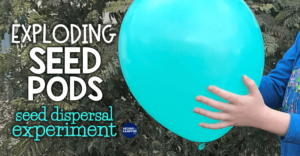

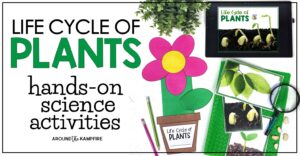
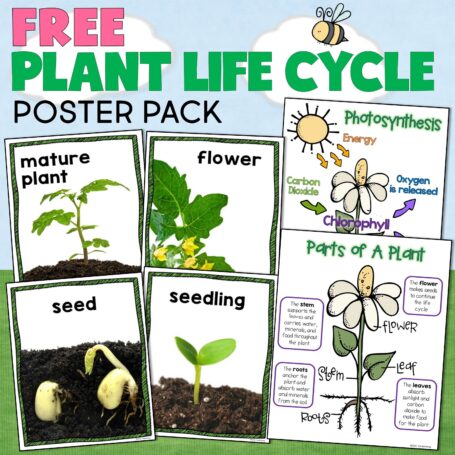
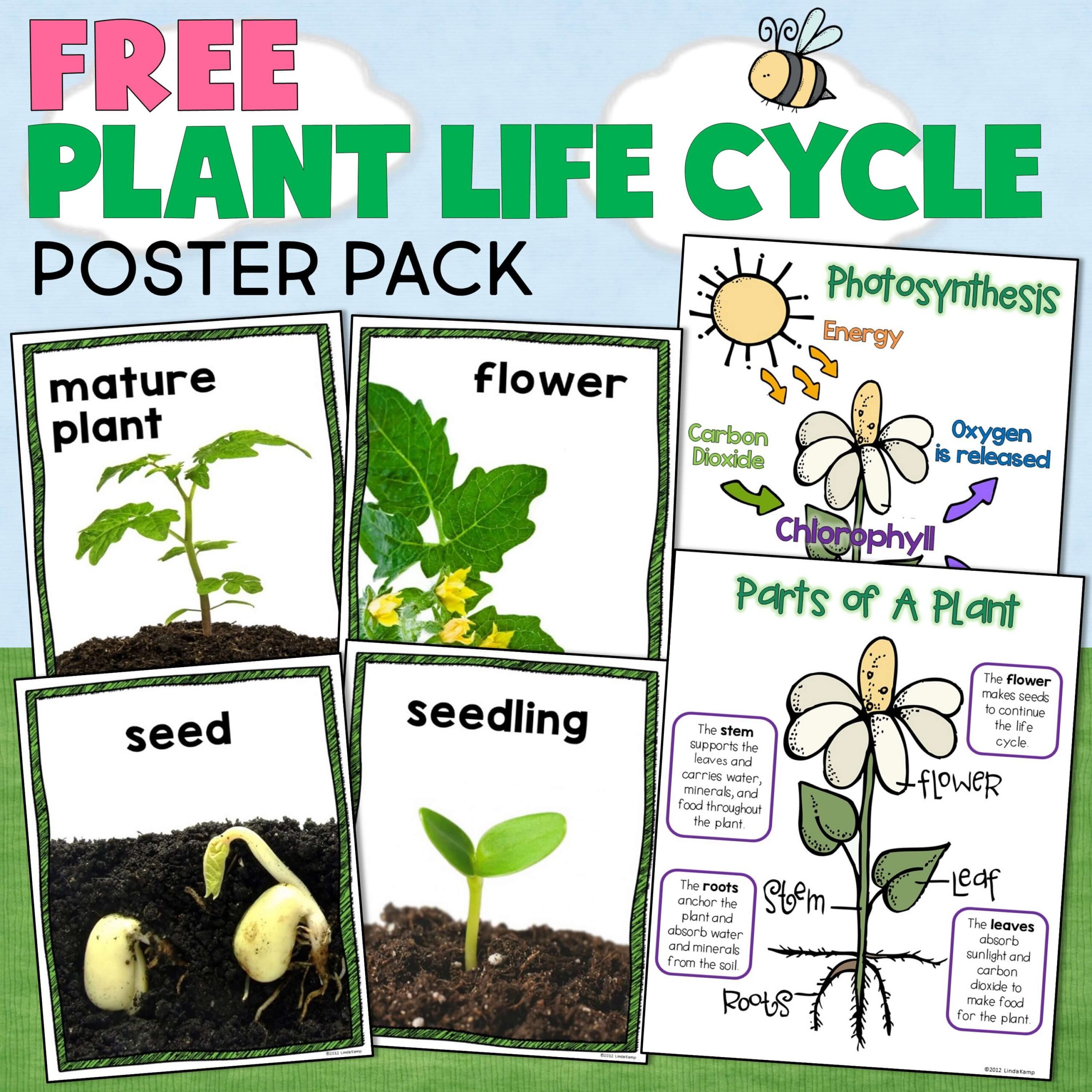
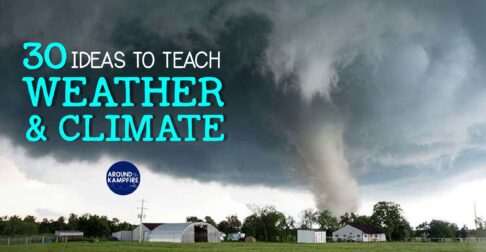
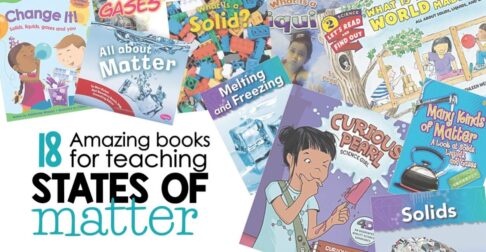
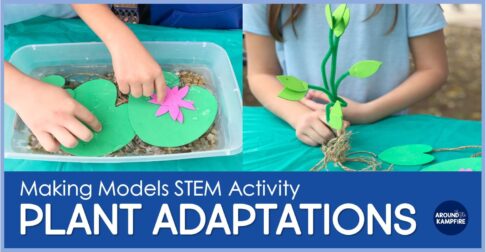

Leave a Comment